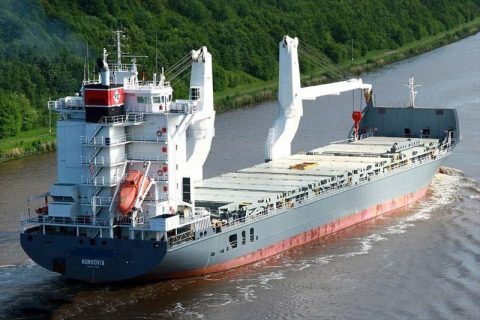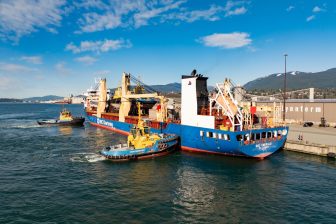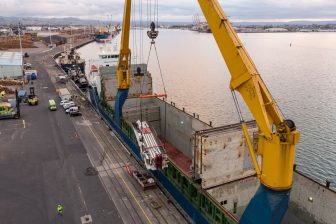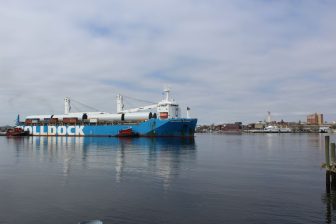
Drewry downgrades multipurpose shipping outlook, but still expects growth
Drewry has downgraded its outlook for multipurpose shipping. Weaker projected global economic growth, greater competition from the dry bulk and container sectors, and slower ship demolitions are expected to negatively impact the industry.
The ongoing trade war has affected Chinese steel production and as a result expectations for dry bulk iron ore volumes haven weakened. This affects the multipurpose shipping industry as well, as the demand for dry bulk is “the bedrock” to MPV demand, Drewry’s senior analyst for the multipurpose and breakbulk shipping sector, Susan Oatway, writes in her latest market assessment.
“However, concerns that the tariffs would also affect steel cargoes have proved unfounded,” Oatway states. “Clearly US-China trade has decreased over the last twelve months, but imports into Europe and the Far East, excluding China, have improved. Meanwhile, the overall situation is improving as new trading partners are sought.”
As a result, Drewry now expects dry bulk and general cargo volumes to increase at an average annual rate of around 2% in the medium term. However, Oatway notes that the rising uncertainty across the globe due to tariff wars, the rise in populist policies and a slowing Chinese economy, have affected all dry cargo sectors. “This means greater competition for the cargo that is available,” she says, meaning multipurpose shipping operators should expect increased competition from both dry bulk and container shipping.
Ageing fleet
Tempering expectations further is the multipurpose shipping fleet supply. As a result of slow demolitions, the fleet is forecasted to grow with 0.3% per year over the forecast period. Although that is a very slight growth, it means that a group of aged vessels, representing about 12% of the total fleet, keeps having an adverse effect on rates.
“Regrettably, over the first half of 2019, we have not seen any significant sales for demolition that would suggest owners are starting to get rid of these vessels,” Oatway says. “MPV operators are, in the main, opting for low sulphur fuel over scrubbers to comply with IMO2020. With minimal investment needed to keep their ships going, they are running them as long as possible.”
Adding all these factors together, the first half of 2019 has been very poor for the MPV sector, which is in contrary to what Drewry expected at the beginning of the year. Average rates for a 10-15,000 dwt multipurpose vessel for end 2018 were $6,650 per day but for 2019 they have already slipped to $6,630 per day. That is a drop of about 4%. Oatway: “Going forward we see little possibility of improvement before 2021 unless demolition levels suddenly kick-start the sector next year.”
Room for improvement
Drewry notes that there are areas where this subdued forecast could pick up. Project cargo demand is expected to provide a boost to the sector during the second half of 2019 as a number of projects get to the cargo-carrying stage. “This section of the fleet is not suffering from overtonnaging and should be able to secure improved forward rates,” Oatway says. “Equally, if our expectations for the trade war are correct and actual cargo demand issues are limited, we can hope to see a less aggressive stance from the container lines, allowing further improvement in market share.”
You just read one of our premium articles free of charge
Register now to keep reading premium articles.




